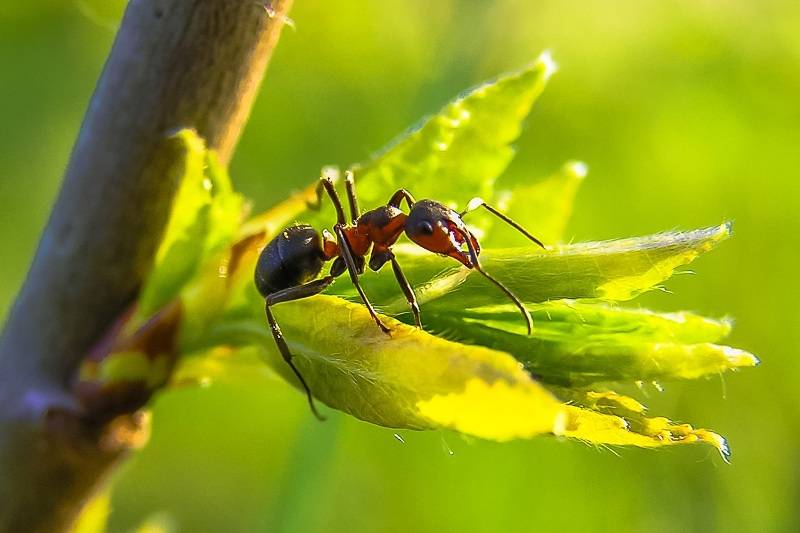
The pollinators are the most important creatures who are the carriers of the sperm to the female reproductive part of the plants. But sometimes this rule, does not work as its supposed to be. One such case is with the pumpkin plant, where the regular pollinators : Ants, works against the fruit bearing phenomenon. This is the reason to be worried about invasive yellow crazy ants — these aggressive predators of native fauna also disrupt pollination in pumpkin plants causing crop loss finds a recent study published in the journal Biological Invasions. This is the first time that this has been recorded in any plant.
Pollination is vital for fruit formation. However, in the traditionally bee-pollinated pumpkin patches of northern Kerala's Kasargod district, farmers now hand-pollinate their pumpkin patches, complaining of crop loss otherwise. Scientists at the Central University of Kerala decided to investigate why pumpkin pollinators here were failing.
Pumpkin plants produce separate male and female flowers. Watching pollinators visit 128 female and 112 flowers across 18 pumpkin patches, the team found that honey bees — the main pollinators of pumpkin here — visited female flowers more than they did male ones. “That's because female flowers produce a better quantity and quality of nectar,” says scientist Sinu P. A., who led the study.
Since bees needed both pollen (a protein and nutrient-rich food for their brood) and nectar, they flew between male and female flowers, facilitating pollination. Crazy ants, however, feasted only on the nectar of female flowers across 15 of the 18 pumpkin patches they surveyed.
To check if the presence of ants deter bees, disrupting pollination and in turn fruit set, the team identified 76 mature female flower buds and covered them with nylon mesh bags to exclude crazy ants. When the flowers bloomed the next day, the scientists removed the bags to permit bees to visit these ‘ant-less’ flowers for 15 minutes. They then re-bagged the flowers to prevent ants from getting to them and observed these flowers, found that three-quarters of them set fruit. The team also quantified bee-visits on 80 ant-infested flowers. Such flowers received lesser bee visits and the ants even killed a few bees that landed on them. None of these flowers set fruit.
These results could have larger implications, not just for India’s pumpkin farmers — who cultivate pumpkin across 47,000 hectares and produce up to 10.31 metric tonnes annually — but other crop cultivators too.
“We should study the effect of these ants on more crop systems to understand this better,” says Sinu.















